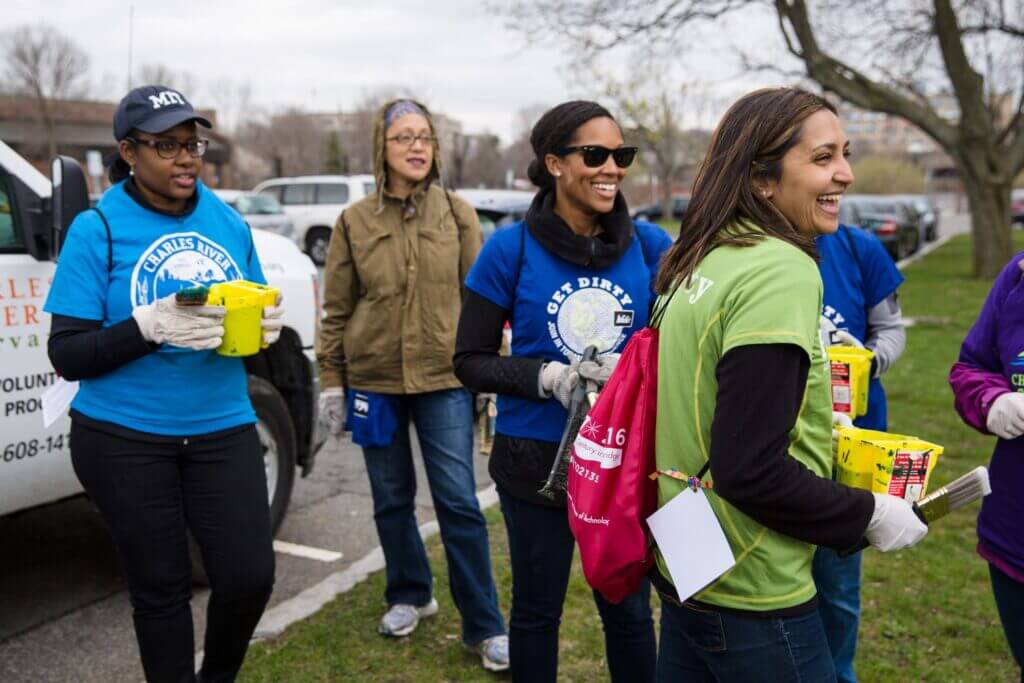
These days, social media is often the first place organizations turn to spread the word about their work. Nonprofits dream of a campaign that goes viral, or an influx of donations based on a compelling human story they tell.
The reality is less rosy. For many nonprofits, social media is time consuming and too often elicits fewer resources than they expect. In many cases, nonprofits draw the conclusion that social media is not an effective use of their time and abandon it.
But for nonprofits to write off social media entirely is to miss important nuance in how people want to connect with nonprofits. By understanding how people actually use social media, there is an opportunity for organizations to use these platforms wisely, prioritizing the kinds of posts that generate real engagement. Indiscriminate posting will often lead to wasted time and little return. Smart, targeted social media strategies help nonprofits parlay their resources into maximum effect for their communities.
Through a recent engagement with Nextdoor, a platform that allows people to connect with neighbors who live in their immediate vicinity, we sought to understand social media from two sides: how nonprofits use social media, and how people use social media platforms to engage with nonprofits and community groups.
This work, which included interviews and a survey, gave us a glimpse into the main challenges nonprofits, particularly smaller, community-based ones, face when it comes to leveraging social media. Here’s what people told us.
First, nonprofits see high costs to maintaining their social media accounts—it is surprisingly time-consuming to generate content and post it across their various social media platforms. Nonprofits maintain a presence on a number of social media platforms and take time to craft thoughtful posts that are interesting and useful for their followers. In our survey, one in three nonprofits indicated that the time, resources, and financial costs of keeping up their social media platforms were their biggest pain points in using social media.
Nonprofits are using the limited time and capacity they have for social media to focus on reaching the populations they serve and the community at large. Even so, the nonprofits we surveyed felt this experience could be improved; 24% of nonprofit survey respondents indicated that “limited message targeting and visibility capabilities” (being able to have more control over who can see their posts) was a major challenge. Nonprofits would like to more granularly target their posts to specific audiences, based on criteria like geography or type of follower (e.g., donors, population served, the neighborhood).
Second, people genuinely do want to see content on social media from local nonprofits, despite the challenges they come across in reaching their intended audiences. We saw evidence for this demand when we analyzed Nextdoor’s engagement data and a survey of Nextdoor users. Of the over 30 million posts in the U.S. in Nextdoor 2022, nearly 11% contained one of the generosity keywords we identified (“donate,” “volunteer,” “charity,” “nonprofit,” “great cause,” “help,” and “GoFundMe”). Posts containing our keywords also had higher average engagement than all other posts. Additionally, in a survey of 717 Nextdoor users, more than half said they were interested in using social media to learn more about community events organized by nonprofits, and more than one in three said they would use social media to learn about volunteer opportunities.
Finally, we learned that in general, and somewhat surprisingly, social media is not a common channel for donating to nonprofits among our respondents. In our user survey, 73% of participants indicated that they do not use social media to donate to nonprofits, and of those that do donate on social media, it is infrequent, with 65% indicating that they donate to nonprofits through social media on a quarterly basis, or less.
So what does all of this mean for nonprofits who have limited bandwidth for social media?
- Prioritize sharing compelling updates about your work
- Publicize opportunities for your communities to get involved (like events, in-kind donation drives, or volunteer opportunities)
- Focus less on fundraising and monetary donations.
The bottom line from our research is that social media remains a good way for nonprofits to connect with communities, but it’s smart to focus on a few key areas. Do continue to share community events, volunteering opportunities, and stories about the work. Don’t expect social media alone to deliver powerhouse fundraising. As behavioral science so often shows, doing less can sometimes, counterintuitively, lead to better results.
Wondering how to integrate behavioral science in your own philanthropy work? Reach out to our Giving team at giving@ideas42.org.


